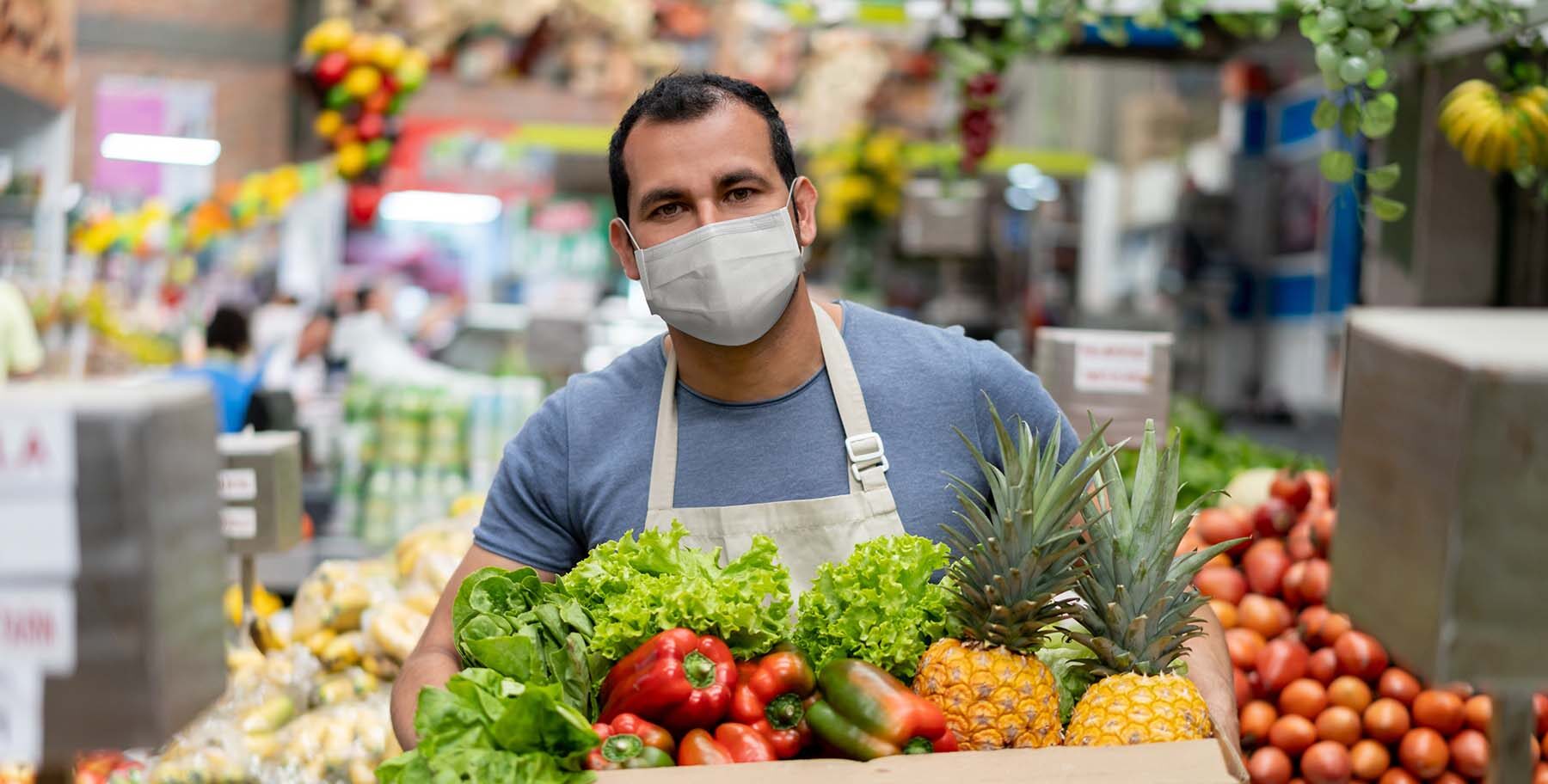It’s Not Your Imagination: COVID is Making a Summer Comeback

For most of us, COVID-19 feels so … well, so yesterday. But the virus that killed millions of people and sent the world into lockdown is not going away. In fact, it’s making something of a comeback. Hospitalizations are ticking up, wastewater analysis is detecting more viral spread, and, at least anecdotally, more people are testing positive on those nose-swabbing tests.
“I’m definitely hearing on the street and from other doctors that they’re seeing more cases,” says Olveen Carrasquillo, M.D., M.P.H., chief of the Division of General Internal Medicine at the University of Miami Health System. “It’s not so much ER visits or hospital stays as people talking about knowing someone who has had COVID in last few weeks.”
According to the U.S. Centers for Control and Prevention’s latest available data, the average COVID-19 hospitalization rate nationwide rose about 17% between June and July.
In Florida, hospitalization rates went up 39% in the same time period.
The Sunshine State, however, did not lead the pack. In Mississippi, the state with the sharpest increase, hospitalization rates went up by 73%, followed by Alabama and Louisiana with a 66% jump each. Death rates, also according to the latest data, are up about 8% nationally.
Dr. Carrasquillo quickly points out that this third wave does not seem as dangerous as past ones, though precautions are warranted.
That’s because vaccinations and prior infections have helped us build a collective immunity to severe COVID, and our bodies are more able to deal with the virus. Year-to-year comparisons of hospitalizations bear this out. Nationally, hospitalizations are down 82% and, in Florida, 76%, according to the CDC.
“COVID is not going anywhere,” he adds, “but it’s clear that we’re moving into the endemic stage.”
That said, COVID remains a dangerous infection for the most vulnerable populations, the elderly and the immunocompromised. The risk of hospitalization and severe illness goes up with age, particularly for the 65-and-over set. But individuals with certain chronic conditions — diabetes, obesity, heart disease, lung disease or under certain kinds of treatment, such as chemotherapy — also face a higher risk.
These groups, Dr. Carrasquillo says, should be extra cautious, practicing the safety measures that were recommended through the worst of the pandemic.
Given the rising number of cases, if I were immunocompromised, “I would definitely be wearing a mask.
Dr. Olveen Carrasquillo
He also advises these groups to avoid crowds and stay away from sick people.
This most recent COVID wave coincides with two virus variants that have been spreading around the country. One is EG.5, which accounted for at least 20-25% of all cases in August. A more recent strain, BA.2.86, was designated in late August and has been detected in various countries. The World Health Organization has classified it as a “variant under monitoring” because of its large number of mutations, which suggests it is capable of wide transmission.
While it is unclear how these strains are driving up cases or their severity, Dr. Carrasquillo says that seasonal patterns are playing a part in the spread. He notes how infections have ebbed and waned throughout the past three years, often concurring with the seasons.
“We know that COVID goes up during the summer in the south because people are congregating more inside in the air conditioning,” he says. “The heat waves have just made that worse.”
Like other respiratory infections, COVID cases are likely to rise in the north during the winter, when people seek warmth in heated buildings and houses. In addition, we are traveling more and letting our guard down. We begin to pay attention when the numbers start to go up.”
Nevertheless, there’s plenty you can do to dodge COVID and other respiratory viruses or, at the very least, to ensure symptoms remain mild.
Here are Dr. Carrasquillo’s suggestions to minimize your risk:
- If you are still not vaccinated, please get vaccinated. If you have yet to receive any booster, it’s time to get one. If you’re up to date on your shots, opt for getting the next booster, which is expected to be available by the end of September. Also, do not forget the flu shots, which will also be available soon.
- Avoid contact with people who are sick.
- If you have symptoms, please wear a mask, especially if you will be around other people. Better yet, stay home.
- Practice good hand hygiene. Wash your hands often and for at least 20 seconds.
- If you are at high risk – if you are immunocompromised or have another serious condition, such as cancer, heart disease, or pulmonary disease – try to wear a mask. (N95 and KN95 are the ideal.)
While masks are far from perfect as far as protection is concerned, they do help in conjunction with other preventive measures.

Ana Veciana-Suarez is a regular contributor to the University of Miami Health System. She is a renowned journalist and author who has worked at The Miami Herald, The Miami News, and The Palm Beach Post. Visit her website at anavecianasuarez.com or follow @AnaVeciana on Twitter.
Tags: covid in miami, covid protection, COVID-19, Dr. Olveen Carrasquillo
